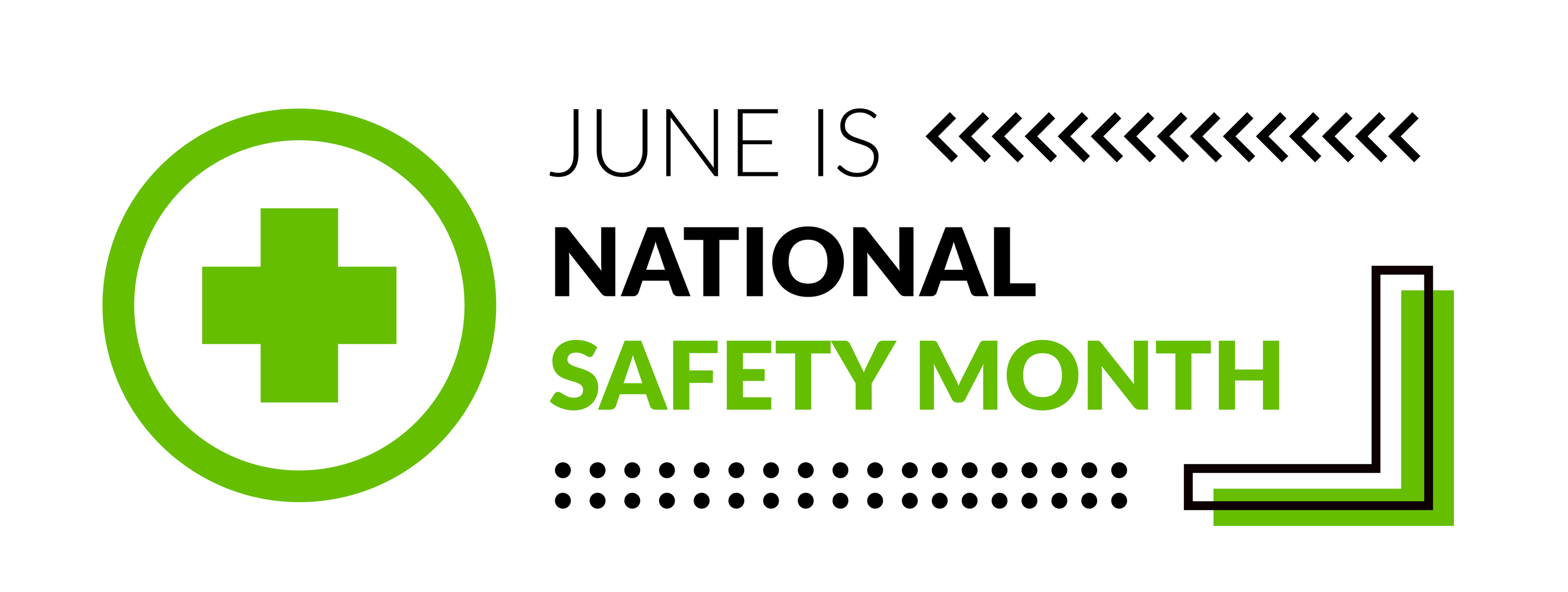Whether a small company or a large corporation, healthcare costs are one of the largest expenditures for any employer. This will undoubtedly continue in 2018, with Mercer’s annual Survey of Employer-Sponsored Health Plans predicting a 4.3 percent increase in health benefit expenses this year.
As healthcare spending steadily escalates, many organizations are looking to design innovative programs that curb costs without sacrificing overall employee care and satisfaction. One cost-shifting strategy gaining popularity amongst employers is referenced-based pricing.
The Benefits of Referenced-Based Pricing
As a type of defined contribution plan, the referenced-based pricing model has plan sponsors (employers) agree to pay a fixed amount or reimbursement for a defined medical service – rather than using a traditional insurance carrier to negotiate discounts from the provider. Because this allows the organization to set and better control costs, there are several financial benefits associated with referenced-based pricing. According to claims data analyzed by the Employee Benefit Research Institute, if the employers featured in the study had adopted a referenced-based pricing model, they could have reduced their collective healthcare spending by $9.4 billion.
With this model, the employer targets reimbursement rates based on a percentage of what Medicare would pay the provider for this same service, which is typically lower than the discount rate negotiated by the insurance carrier. For example, a common referenced-based pricing plan that sets costs to 160 percent of Medicare could save up to 60 percent more than a traditional PPO plan, according to an article by Benefits Pro.
When considering a move to a reference-based pricing model, it is important to consider the impact to plan members. Members may be required to cover the difference if the cost from the healthcare provider exceeds the amount agreed to by the plan sponsor, the ‘balance bill.’ While this encourages employees to practice educated decision-making to select a provider that offers services at the reference price in order to receive full coverage and can effectively eliminate high-cost providers from the network, employees may not have the tools or the where-with-all to make such a decision before seeking care. Partnering with a reference-based pricing vendor that eliminates the balance bill may be a key component in moving forward with this approach.
If considering implementing a referenced-based pricing plan, it’s important to consult with your Graham Company employee benefits consultant to determine if this program will meet the needs and goals of your operation. Graham Company will work to ensure this program is not only implemented successfully, but potential disruptions to your workforce are minimal.

Philadelphia, PA, 19102







